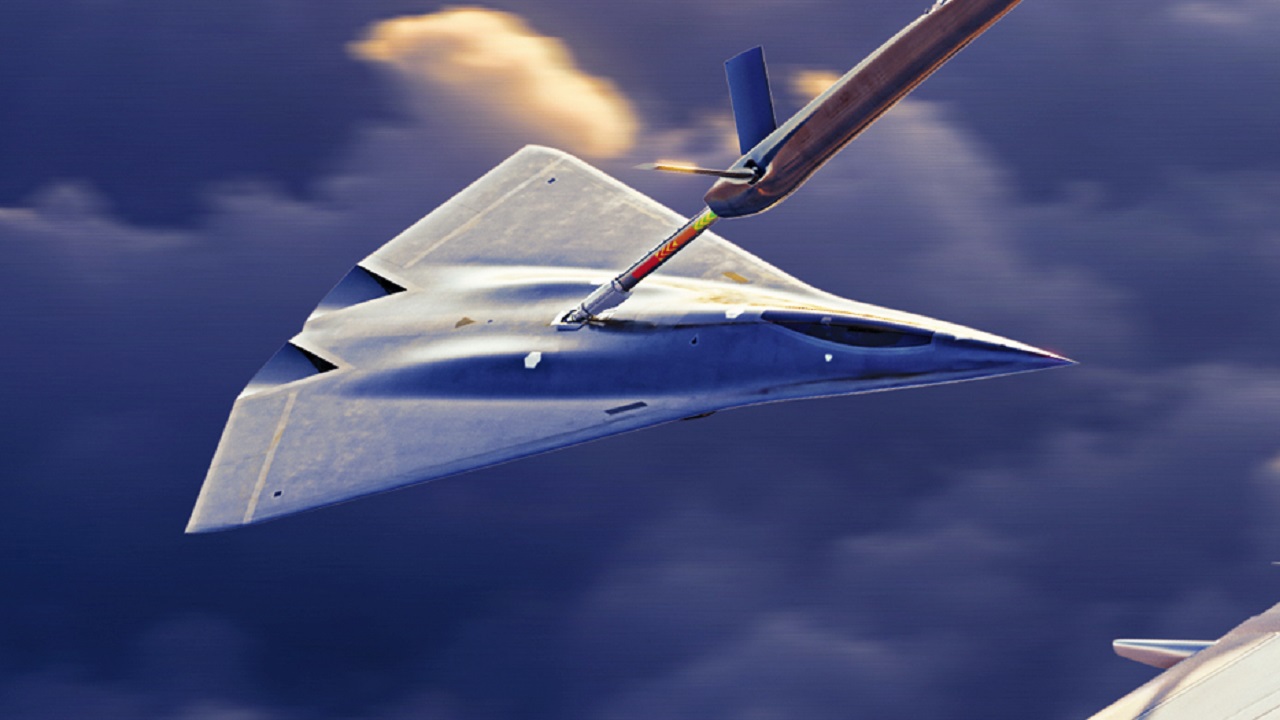Article Summary: General Electric’s XA102 and Pratt & Whitney’s XA103 engines have passed key design reviews, marking progress in the Next-Generation Adaptive Propulsion (NGAP) program. These advanced engines, designed for the U.S. Air Force’s Next-Generation Air Dominance (NGAD) fighter, offer adaptive thrust and fuel efficiency for superior performance.
Key Point #1 – However, the NGAD program faces uncertainty due to cost concerns, with the new Department of Government Efficiency (DOGE) pushing for spending cuts. Alternatives include a less ambitious fighter or cost-saving measures like additive manufacturing and allied partnerships.
Key Point #2 – The future of NGAD remains unclear, but maintaining air superiority will require strategic investments.
NGAD: That New Enemy Is Cost
The U.S. Air Force’s NGAD fighter takes a step forward as adaptive engines pass key reviews, but cost concerns could reshape the program’s future.
A pair of prototype engines that could power the U.S. Air Force Next-Generation Air Dominance fighter or NGAD, each passed a crucial review validating their designs.
General Electric Aerospace’s XA102 and Pratt & Whitney’s XA103 engines will now move off the drawing board and into reality as prototypes and further evaluation.
The two engines are competing for the Next-Generation Adaptive Propulsion program, which will power the NGAD.
At the heart of the program is their adaptive nature. If successful, the engines would be able to adjust their thrust output and fuel use for specific circumstances.
By throttling power in some situations to improve range or by increasing performance when in combat, the engines would offer a vast improvement over traditional engines.
“Pratt & Whitney’s NGAP engine has an adaptive architecture, enabling its components to actively adjust for optimized fuel efficiency, survivability, and power and thermal management, surpassing the capabilities of fourth- and fifth-generation engines,” the company said in the press release covering the review. “This step change in engine capability will help ensure the U.S. Air Force maintains air superiority and deters pacing challenges.”
Questions Remain on NGAD
It is unclear what engine will power the NGAD fighter — or if that sixth-generation program will yield an aircraft or when. Last year, the U.S. Air Force decided to put essential decisions about the program on hold, partly thanks to unanticipated high-cost projections. Some estimates have just one NGAD costing $300 million per plane.
Following last year’s presidential election, former Secretary of the Air Force Frank Kendall opted to give decisions about the project to the new administration.
Given the current administration’s desire to slash spending across government, what exactly will happen to the Next-Generation Air Dominance program remains to be seen.
However, the driving force behind these cost-cutting measures, Elon Musk and the newly-created Department of Government Efficiency, seems hell-bent on trimming down defense projects broadly.
Last year, Musk took to X to express his distaste for the F-35 stealth fighter, in service with the United States and a number of close allies within NATO and elsewhere. “Meanwhile, some idiots are still building manned fighter jets like the F-35,” Musk wrote.
Online commentators were quick to point out that a drone swarm like that shown in the video Musk shared would be extremely vulnerable to electronic warfare.
It would also not be able to fire the kinds of long-distance weapons a fighter jet could, and the small quadcopter that makes up the swarm lacks the range and speed of fighter jets, nor do they have any stealth capabilities.
Saving Costs, Cutting Corners?
One option for the Next-Generation Air Dominance program would be to develop a jet that is less advanced, more of an advancement of the F-22 or F-35 program rather than an ambitious — and expensive — sixth-generation fighter. Keeping cost overruns in check would be wise in this DOGE era of steep spending slashes.
Another option could be to leverage techniques to keep costs in check. Advanced additive manufacturing, rapid prototyping, digital twin technology, and flexible supply chains could be one solution.
Economies of scale could be achieved by offering the Next-Generation Air Dominance to other countries as well, and distributing development costs among allies partnering on the project could be another move to reduce upfront costs.
It remains to be seen what precisely the Next-Generation Air Dominance looks like or if the project comes to fruition. But in this uncertain DOGE era, it would be prudent to keep costs as low as possible.
NGAD: A Collection of Possible Looks for the New 6th Generation Fighter
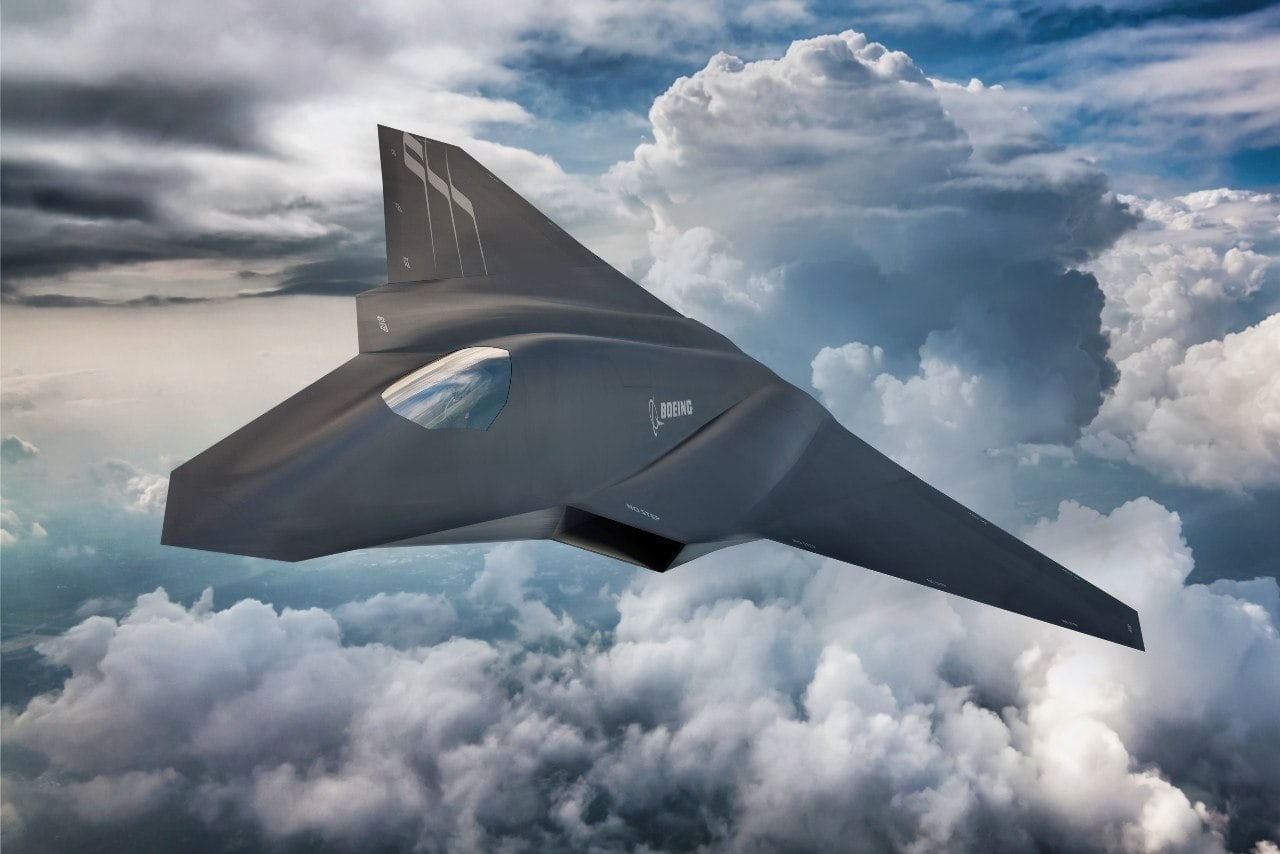
NGAD Fighter from Boeing.
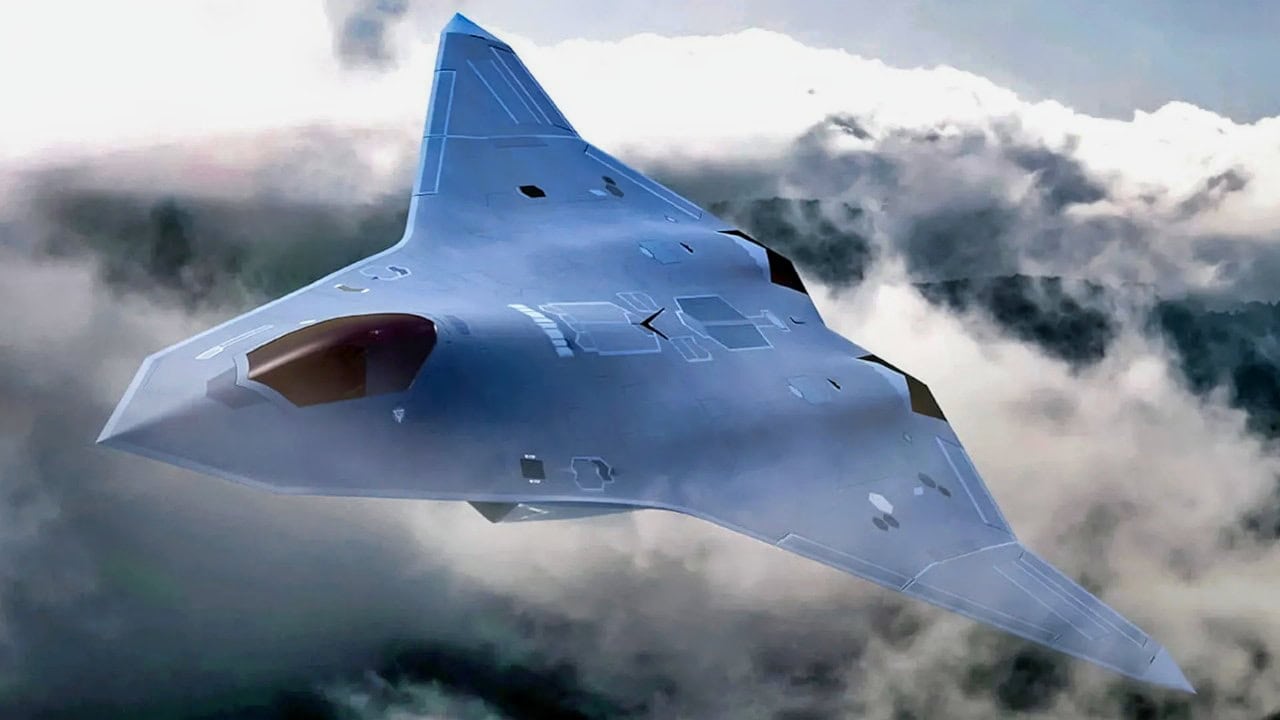
NGAD Fighter. Image Credit: Creative Commons.

NGAD image. Image Credit: Creative Commons.
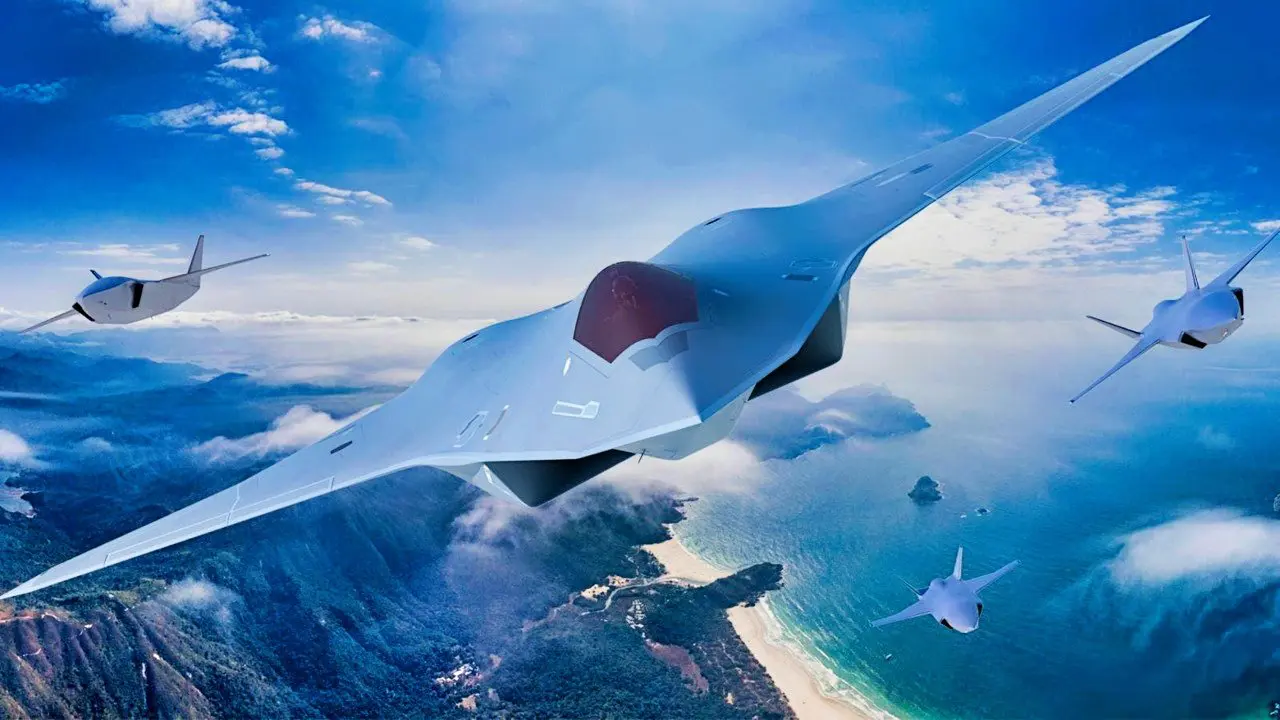
NGAD fighter from U.S. Air Force.
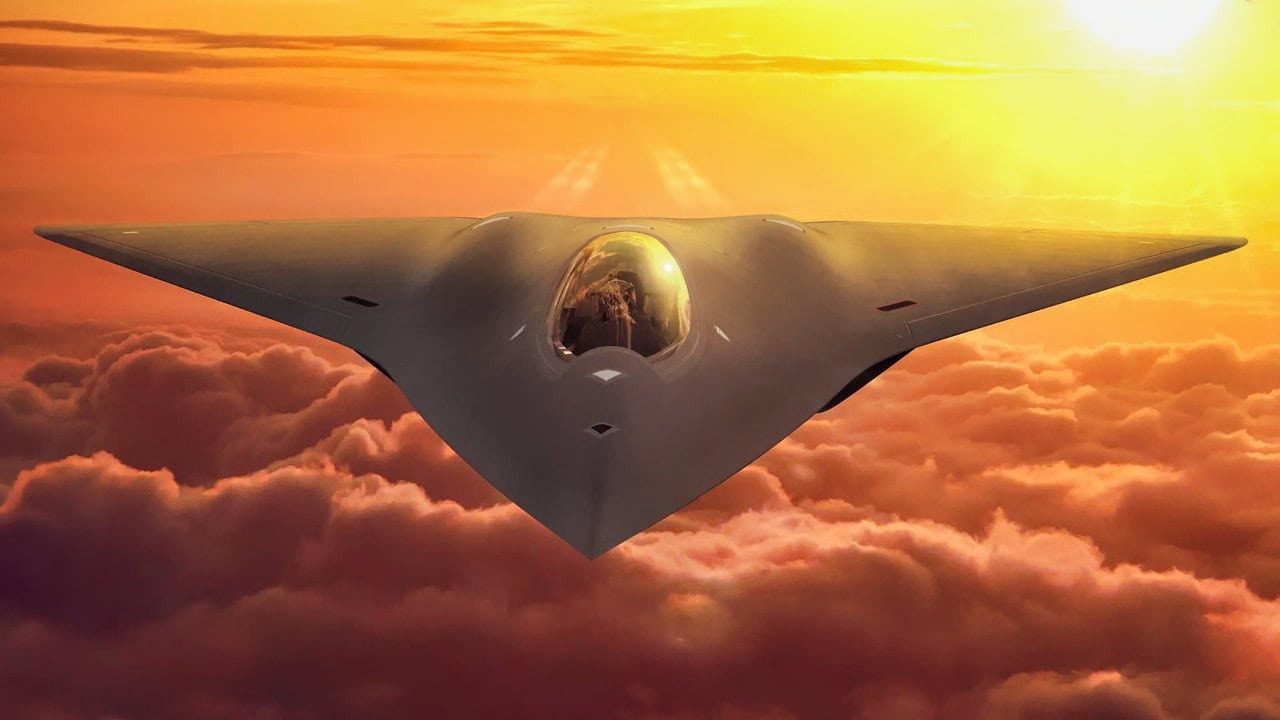
NGAD Fighter via Lockheed Martin.

NGAD Fighter Mock Up. Image Credit: Creative Commons.
About the Author: Caleb Larson
Caleb Larson is an American multiformat journalist based in Berlin, Germany. His work covers the intersection of conflict and society, focusing on American foreign policy and European security. He has reported from Germany, Russia, and the United States. Most recently, he covered the war in Ukraine, reporting extensively on the war’s shifting battle lines from Donbas and writing on the war’s civilian and humanitarian toll. Previously, he worked as a Defense Reporter for POLITICO Europe. You can follow his latest work on X.

